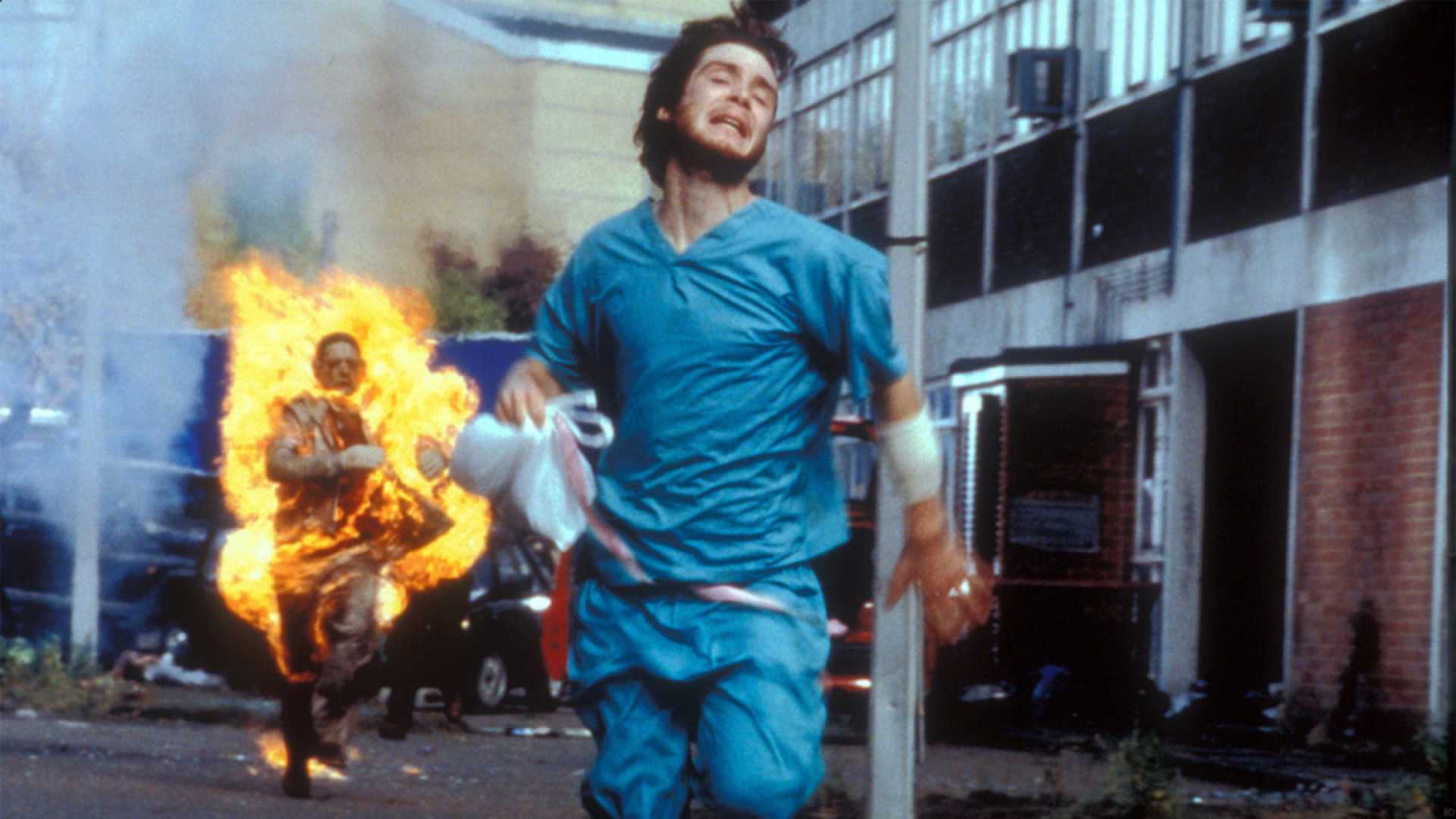Entertainment
Danny Boyle’s ’28 Years Later’ Filmed with iPhone 15 Amidst Controversy

Esteemed filmmaker Danny Boyle is set to release his latest project, a zombie sequel titled “28 Years Later.” Following the acclaimed “28 Days Later” and “28 Weeks Later,” this upcoming film is notable for being shot on a collection of iPhone 15 smartphones, raising eyebrows within the cinematic community due to its unconventional choice of equipment for a production with a $75 million budget.
This filming decision marks the first time a blockbuster of this scale has utilized smartphone technology to such an extent, although the iPhone’s role as a filmmaking tool has been explored previously in smaller productions, including Sean Baker‘s “Tangerine” and Steven Soderbergh‘s “Unsane.” Despite the technological advance, images from the film set reveal the phones embedded in extensive external gear setups, calling into question the accessibility argument often cited in favor of smartphone cinematography.
Boyle, a filmmaker renowned for his innovative visual storytelling, reunites with Anthony Dod Mantle, the accomplished cinematographer behind his previous works including “Slumdog Millionaire” and “127 Hours.” Together, they aim to replicate Boyle’s recurring emphasis on visual texture using the iPhone 15 Pro Max model after missing the opportunity to utilize the newer iPhone 16 series, which was released after production commenced.
In a reflection of his punk rock attitude to filmmaking, Boyle’s use of iPhones dishes a connection to his previous projects, indicating a desire to push artistic boundaries, though some industry insiders speculate that logistical or financial incentives linked to Apple’s involvement could have played a part. For instance, Danny Pemberton, the composer who has collaborated with Boyle in past productions, highlighted on social media the convenience factor of smartphone technology, noting that practicality does not always replace the need for traditional equipment in large-scale film production.
Boyle’s approach mirrors his filmmaking philosophy as witnessed in “Steve Jobs,” which experimented with various filming techniques to match the story’s timeline shifts. The original “28 Days Later,” celebrated for altering the modern zombie movie landscape with its fast-moving zombies, was shot on Canon XL-1s video cameras, rallying a gritty aesthetic that became central to its storytelling.
While audiences eagerly await the release of “28 Years Later,” much attention is focused on whether the narrative and visual execution will match its predecessors despite the unconventional tool of choice. The film will hopefully retain Boyle’s signature impact in the horror genre while redefining what is possible with smartphone technology in cinematic contexts.












